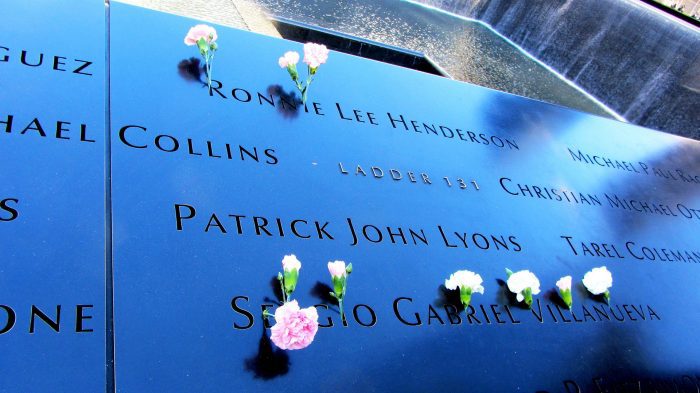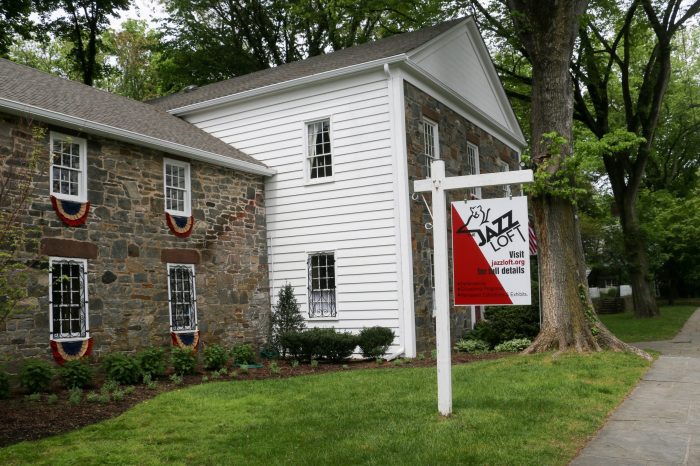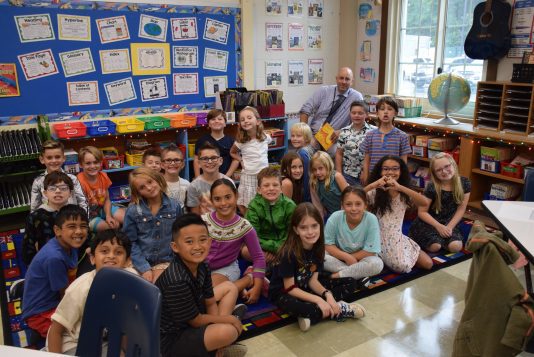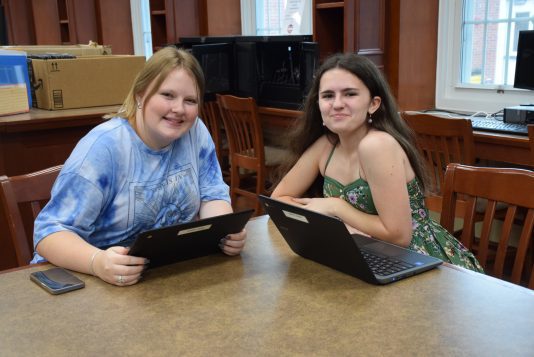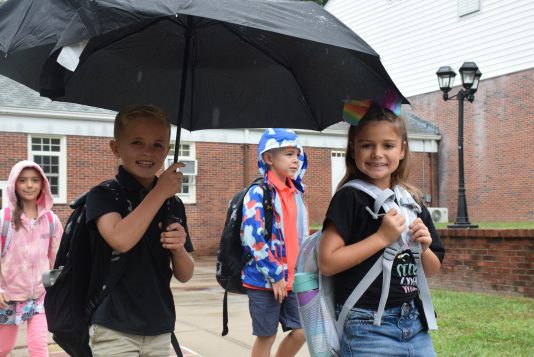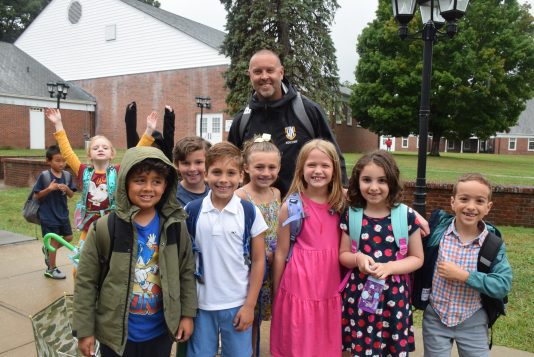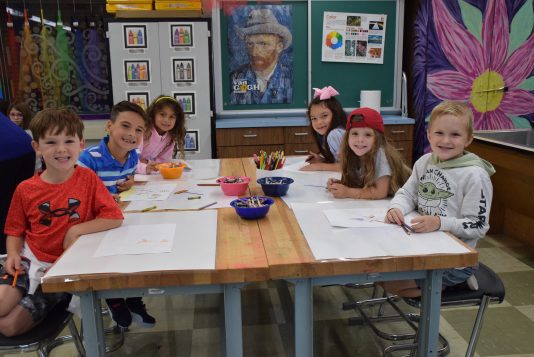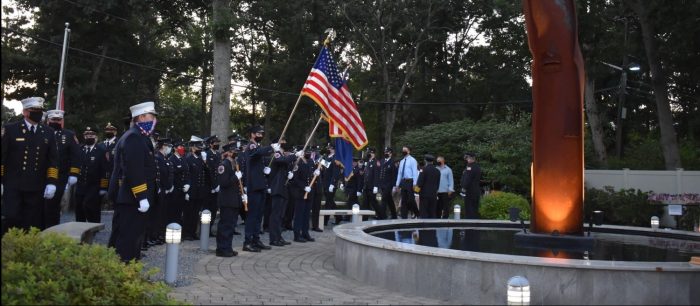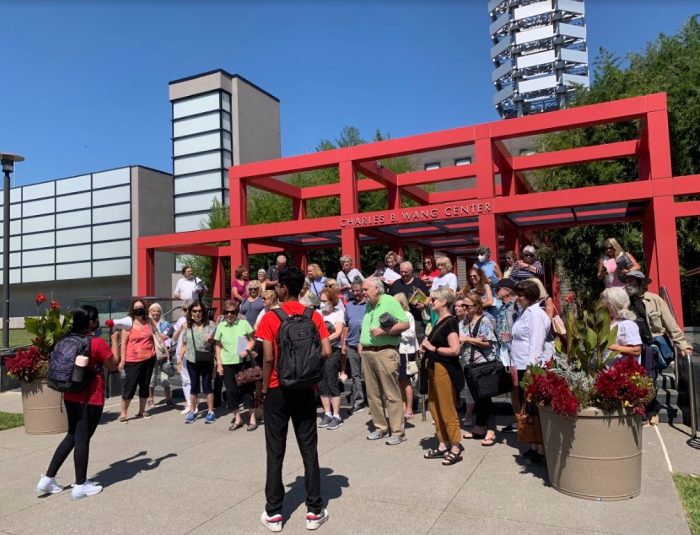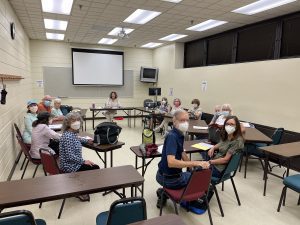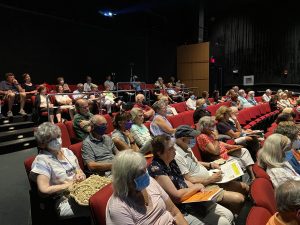This Sunday will mark 21 years since our nation was attacked on Sept. 11, 2001. The fear that many of us felt on what was a beautiful late summer day and the compassion toward the victims and their loved ones will never be forgotten.
In addition to those who lost their lives on that tragic occasion, there were many who coordinated evacuation efforts and others who helped clean up the wreckage. It’s imperative for Americans to remember and honor these heroes, too.
Since 2001, more than 4,000 first responders, volunteers and survivors have died, according to the World Trade Center Health Program. More are suffering from cancers and illnesses that medical professionals believe are linked to working at Ground Zero. These reported deaths are over 1,000 more than the nearly 3,000 killed at the World Trade Center on the day itself.
The images of first responders trying to save people will be forever seared into Americans’ collective memories.
In the days and the months after 9/11, police officers, firefighters, tradespeople and more put their country and fellow humans first. They dedicated their time and energy to help New York City heal, rebuilding a hurt but unbroken nation, bringing dignity to those perished beneath the rubble. Their dedication allowed families and friends of the victims to properly grieve, and offered a sense of closure.
This was no ordinary work. It took immense courage and selflessness to confront the horrors of Ground Zero. The first responders and the rest put others before themselves, knowing that what they uncovered within the debris could not be forgotten.
And despite the trauma and shock in the days and weeks after the attacks, these brave souls likely never imagined the physical strain their work would have later in life.
They could not know that one day they would need additional health care because of their work, emotional support, and possibly financial assistance to help with mounting medical bills.
Ground Zero volunteers and workers, as well as 9/11 first responders, still need our help. Whether it’s listening to their stories, running an errand for them when they are sick or simply thanking them for their bravery, every bit means something.
When tragic memories become part of the distant past, for those who were removed from the scene, it’s easy to forget those who suffered the most or, even worse, ignore them. However, we should never forget the repercussions of 9/11 as our heroes continue to heal from it.
This 9/11, as we honor those lost on that tragic day, we must also remember the thousands on the scene in the months following who have died since then. They helped New York City recover, and their sacrifices should never be forgotten.

